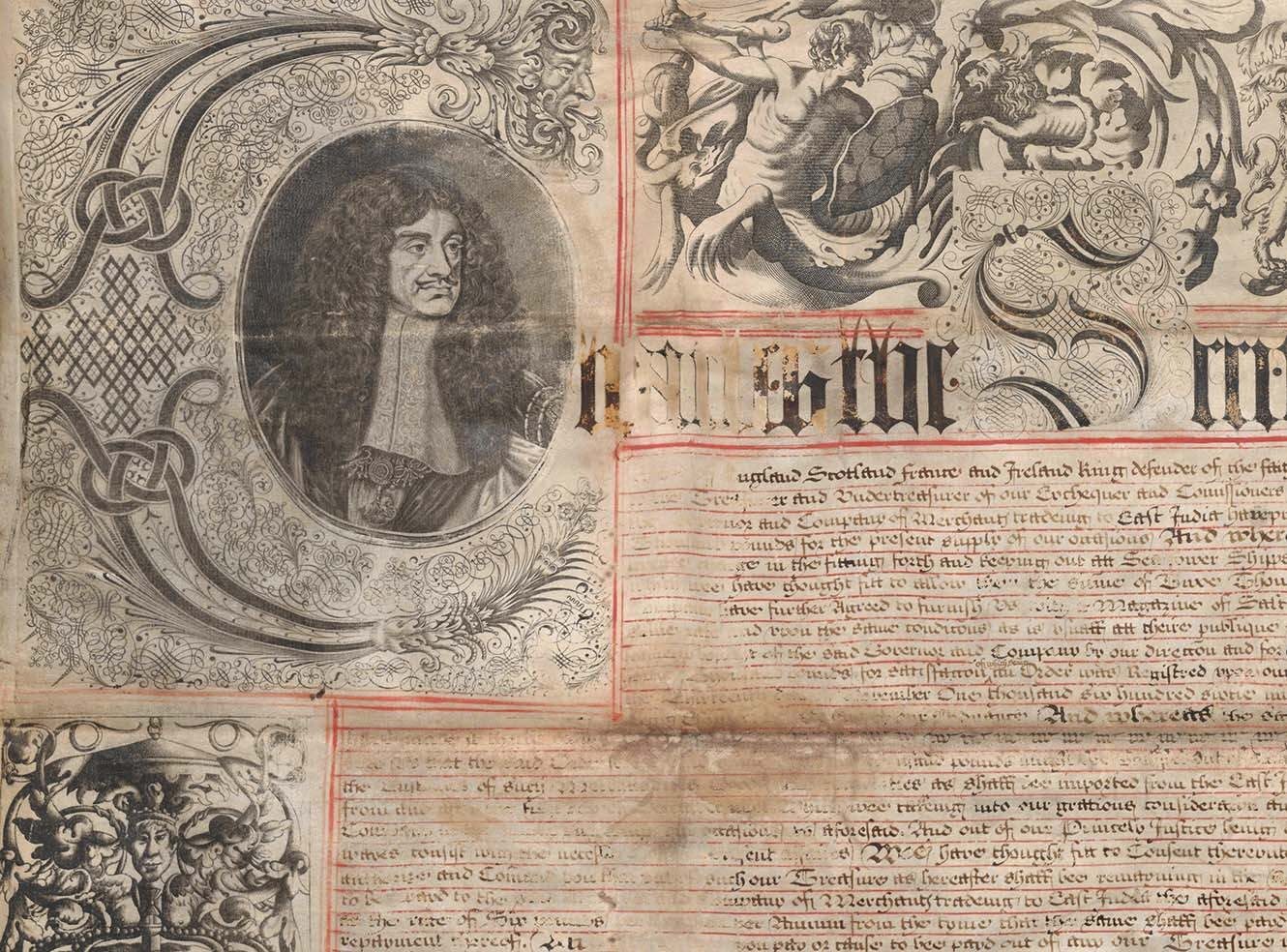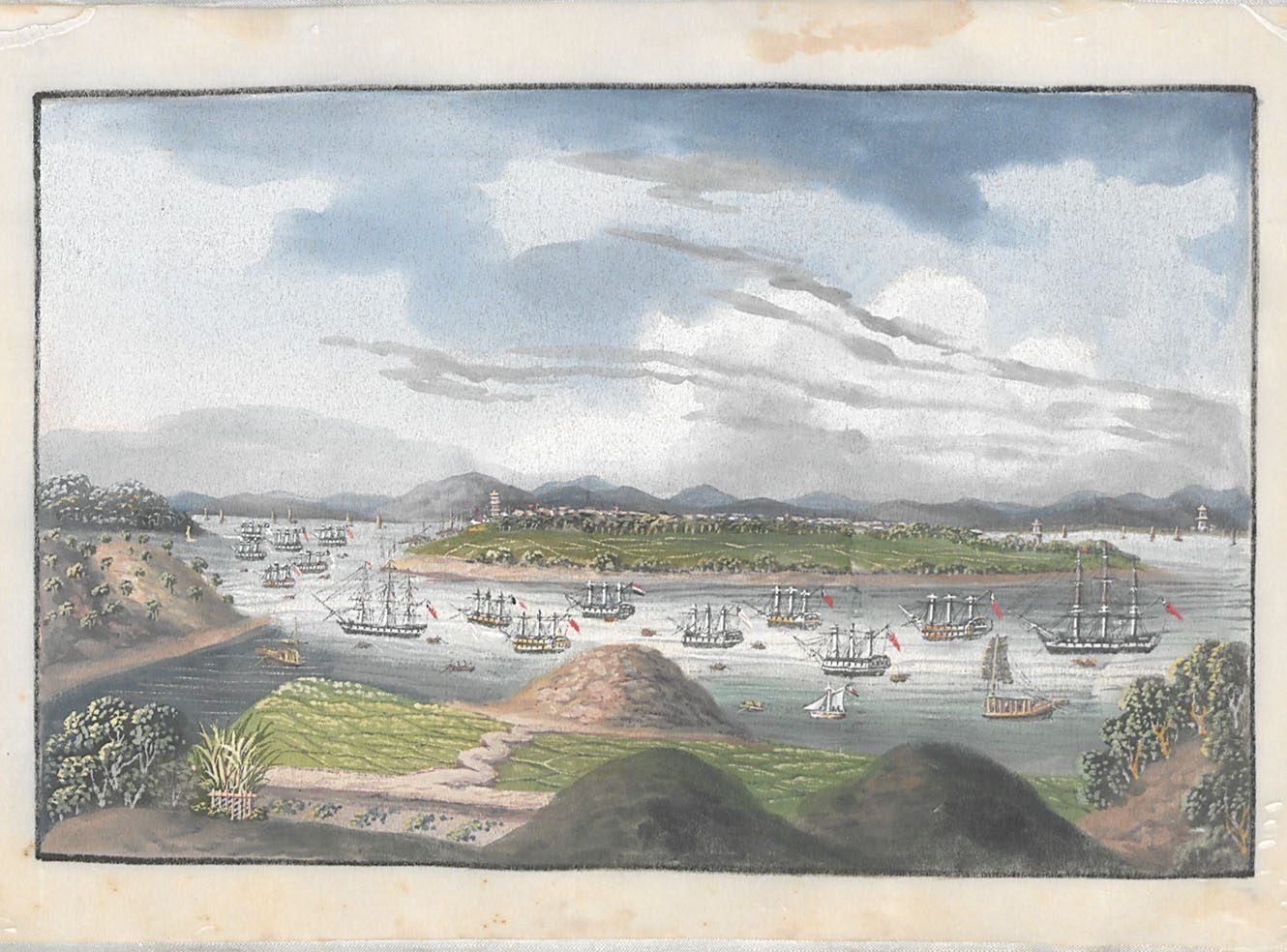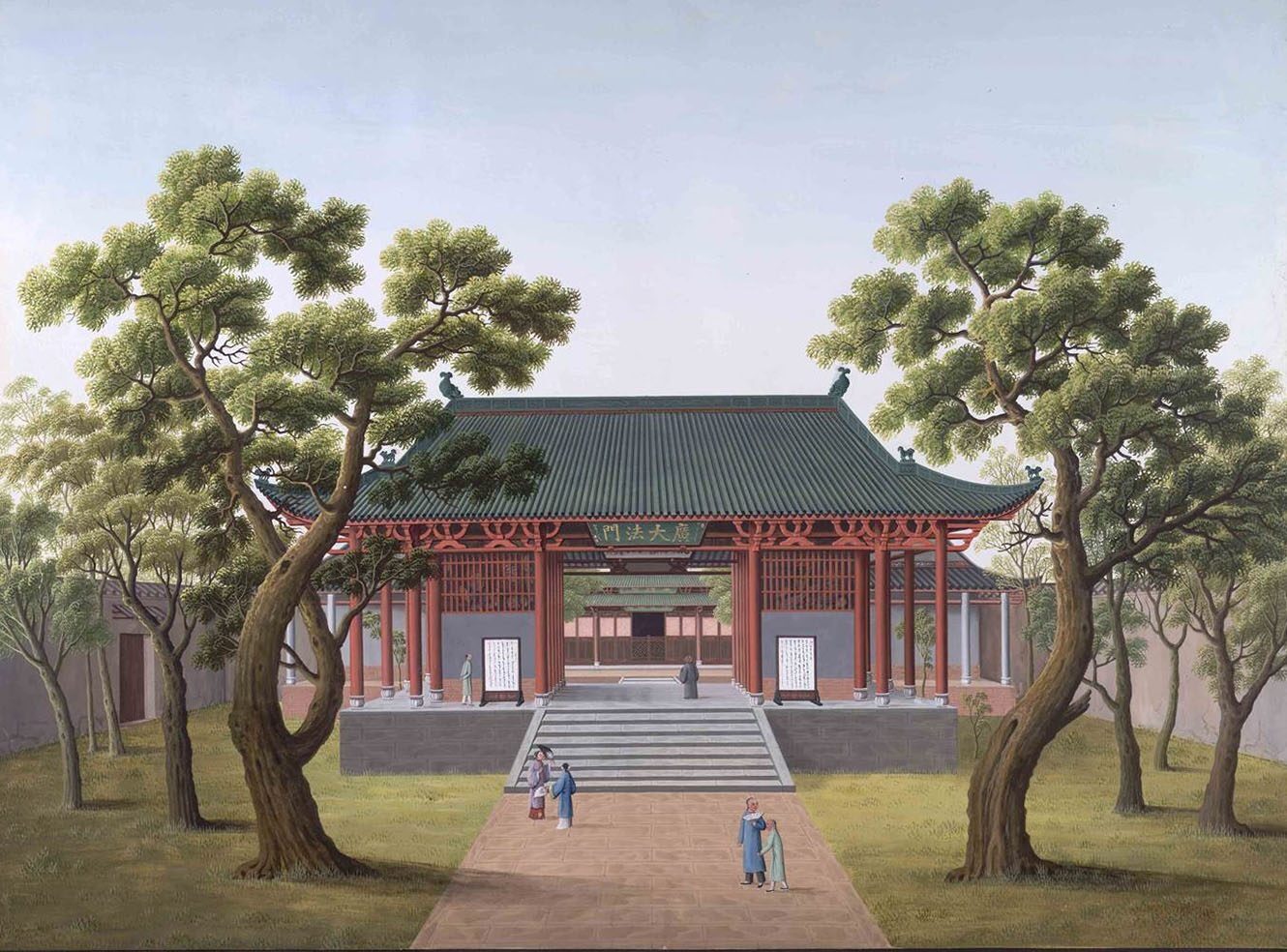Global Commodities
Trade, Exploration and Cultural Exchange
Explore the histories of fifteen key commodities that changed the world through a wide range of manuscript sources, rare books, maps, advertising, paintings, photographs and ephemera.
One of the most popular ways of teaching World History is through the story of global commodities and the way in which these transformed the world. This resource focuses on the following fifteen significant commodities whose stories are often intertwined: chocolate, coffee, cotton, fur, oil, opium, porcelain, silver and gold, spices, sugar, tea, timber, tobacco, wheat, and wine and spirits.
These commodities have been transported, exchanged and consumed around the world for hundreds of years, transforming societies, global trading operations and habits of consumption, giving rise to new consumer desires and aspirations. Through a wide range of primary sources, students and researchers can chart the cultural dimensions of the commodities and their impact on societies across the world.
Highlights
- Records of individual traders, showing patterns of consumption for a range of commodities over time
- Business Accounts and Records of both small and large companies from an early fur trapper to a major chocolate manufacturer
- Dock Accounts describing the development of a major port from 1755 to 1960
- Bills of Entry for major ports which show changing patterns of trade between 1820 and 1939
- 17th and 18th century Trade Returns and Prices Current for key markets
- Material on the discovery and exploitation of commodities in Asia, Africa and the Americas from 1492 to 2000
- Government records concerning taxation, economic development and colonial business schemes
- Statistical sources documenting world trade; and a vast range of visual material including advertising and packaging, photographs, paintings and prints
- For each commodity, a vast array of historical material documents their origins, transportation, consumption and impact on society.
Key data
Period covered
Source archives
- The American Antiquarian Society
- Bristol Record Office
- British Library
- California Historical Society Collection at Stanford
- The Field Museum, Chicago
- The Historical Society of Pennsylvania
- The Hudson's Bay Company Archives at Archives Manitoba
- Library Company of Philadelphia
- Liverpool John Moores University
- Massachusetts Historical Society
- Mauritshuis, Den Haag
- Merseyside Maritime Museum
- The National Archives, UK
- The National Gallery, London
- The Newberry Library, Chicago
- New York Public Library
- Princeton University Art Museum
- The Robert Opie Collection
- School of Oriental and African Studies
- Senate House Library, University of London
- Städel Museum, Frankfurt
- The University of Florida, George A Smathers Libraries
- The University of Houston Libraries
- Origins of each of the fifteen 'key' commodities
- The trades that developed around these commodities and the ways in which this impacted regional and world history
- The ways in which the commodities developed over time
- The cultural dimensions of the commodities and their impact on societies across the world
- The branding, marketing and consumption of the commodities and global products
- Cultivation and production
- Exploration and discovery
- Ecology and the environment
- Politics and empire
- Transport and exchange
- Manuscript sources
- Rare printed books
- Maps
- Advertising memorabilia
- Paintings
- Photographs
- Ephemera
- Robert C Allen, Department of Economics, University of Oxford
- David Bello, Director of East Asian Studies, Washington and Lee University
- Jerry Bentley, Department of History, University of Hawaii
- Maxine Berg, Department of History, University of Warwick
- Gary Campbell, School of Business and Economics, Michigan Technological Institute
- Ann Carlos, Department of Economics, University of Colorado at Boulder
- Miguel Centeno, Department of Sociology and International Affairs, Princeton University
- Piya Chatterjee, Department of Women’s Studies, University of California at Riverside
- Sing C Chew, Helmholtz Centre for Environmental Research, UFZ, Germany
- Keith Fryer, Managing Director, T Brewer and Co., Timber Merchants
- Anne Gerritsen, Department of History, University of Warwick
- Frank D Lewis, Department of History, Queens University
- Dawn Littler, Curator of Archives, Merseyside Maritime Museum
- Ina McCabe, Department of History, Tufts University
- Francine Mckenzie, Department of History, University of Western Ontario
- Sarah Moss, Department of English, University of Exeter
- James Nicholls, School of Humanities and Cultural Industries, Bath Spa University
- Robert Opie, Founder, Museum of Brands, Packaging and Advertising
- Edward Roger Owen, Director, Harvard Center for Middle East Studies
- Kenneth Pomeranz, Department of History, University of California at Irvine
- Giorgio Riello, Department of History, University of Warwick
- Steven C Topik, Department of History, University of California at Irvine
- Richard Unger, Department of History, University of British Columbia
- Carl Vann Ness, Curator of Archives and Manuscripts, University of Florida
- African Studies
- Business and Economics
- East Asian Studies
- European Studies
- Great Britain, Republic of Ireland and Northern Irish Studies
- International Relations
- Material Culture
- Middle Eastern Studies
- North American Studies
- South Asian Studies
- Technology
- Interactive 'prices visualization' tool enabling comparison of global markets and commodities across the globe
- Interactive chronology and maps
- Visual sources, online exhibitions and image galleries
- 360-degree object rotation
- Detailed glossary
Reviews
Recommended for upper-level undergraduates and above
- Author: W M Fontane, McNeese State University
- Publisher: Choice






